Garrisoned for over 800 years
Halt! Who goes there? Yes, we’re visiting another incredible castle in Kent. On this occasion, it’s one of English Heritage’s flagship sites, the impressive Dover Castle on the Kentish shoreline.
Dover Castle is a prominent fortress sitting high above Dover town on the magnificent iconic White Cliffs. It is exposed to all the elements Mother Nature can throw at it.
The panoramic views across the North Downs and the Kent coastline are stunning, and on a clear day, you’ll even catch sight of France across the English Channel. If you fancy discovering more, take a peek at our Kent coast road trip itinerary.
Dover Castle has played witness to an untold amount of action through the centuries and has stood the test of time with countless sieges and invasions; its timeline is astonishing.
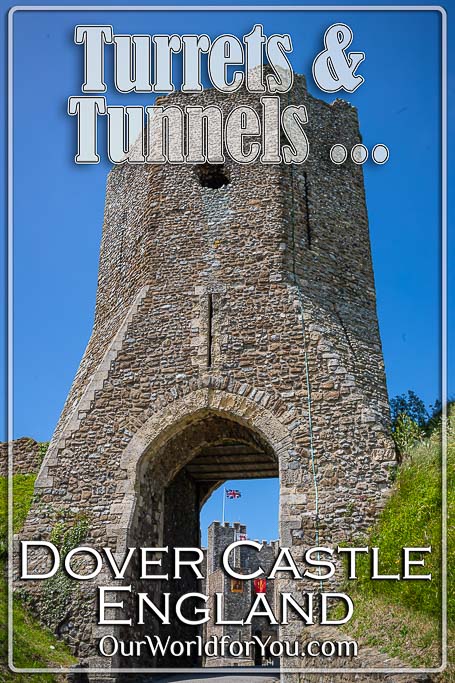
The Romans left a legacy of England’s oldest lighthouse, Dover Castle, as Royals came and went, and clandestine secrets formulated in its underground tunnels during WWII.
There are so many nooks and crannies to discover in Dover Castle, so we entered the battlement armed with our English Heritage cards.
Where is Dover Castle?
How to get to Dover Castle
Dover Castle’s GPS is CT16 1HU or you can find it by using What3words ///orchestra.gains.inspector
- By Train
The nearest mainline station to Dover Castle is Dover Priory, 1 mile walk away uphill; otherwise, the no. 81 bus will take you to the castle.
- By Car
Dover Castle in Kent can be accessed from the M2/A2 or the M20/A20. The castle is very close to Dover Port, which can be extremely busy.
There’s a free car park located on-site.
Commanding Dover Castle
The Normans had arrivedAs soon as you catch sight of Dover Castle looming up from a distance, it’s mighty impressive, even more so when you are face to face with the medieval fortress.
Dover Castle was founded in the 11th century by William the Conqueror soon after he defeated King Harold at the Battle of Hastings in 1066. He captured Dover and founded a fortification prior to descending on Westminster Abbey for his coronation to become the first Norman King of England.
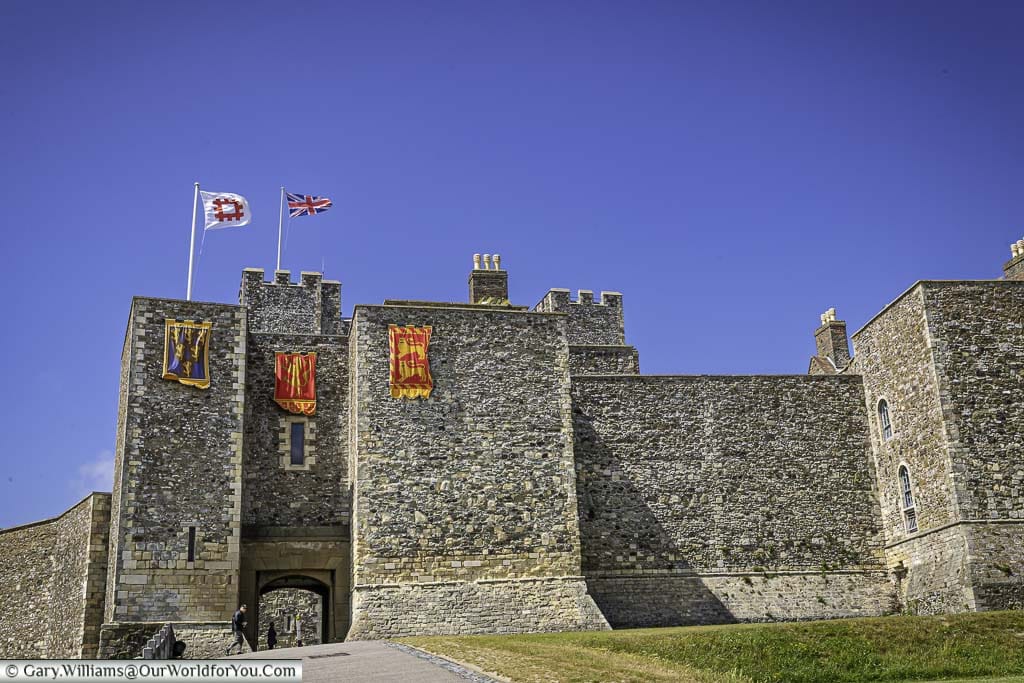
Remains of the Norman defence never survived, and Henry II, in the 1180s, ordered the castle and the Great Tower to be erected.
The grounds of Dover Castle are reasonably extensive, and it’s considered one of the largest castles in England. The main castle fortification opens up before you when you pass through the first stone gate.
Roman lighthouse at Dover Castle
An ancient pharos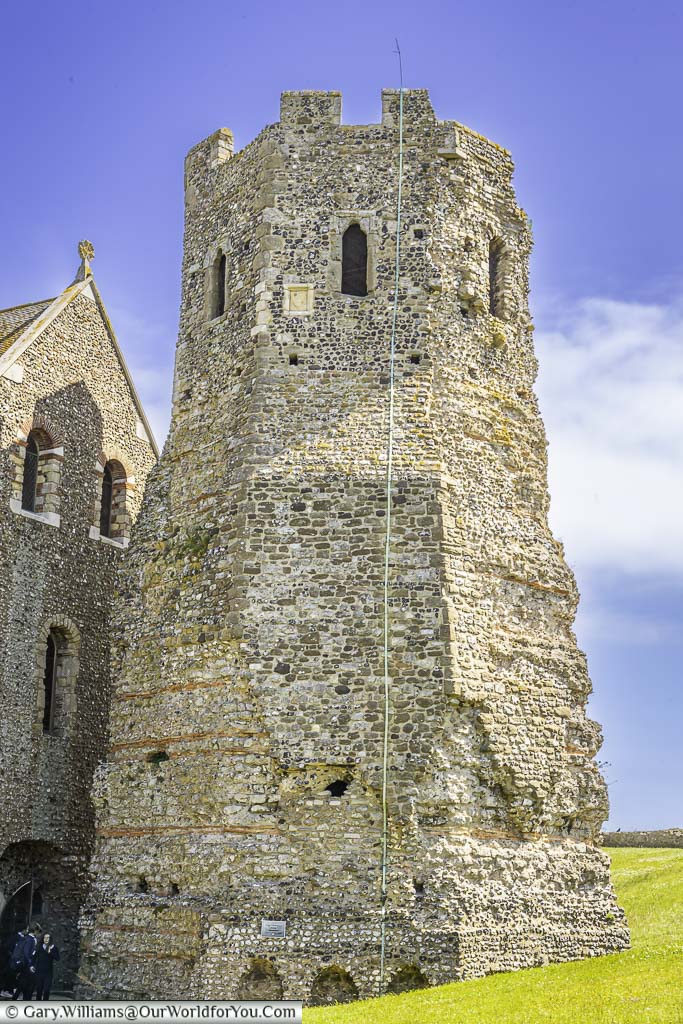
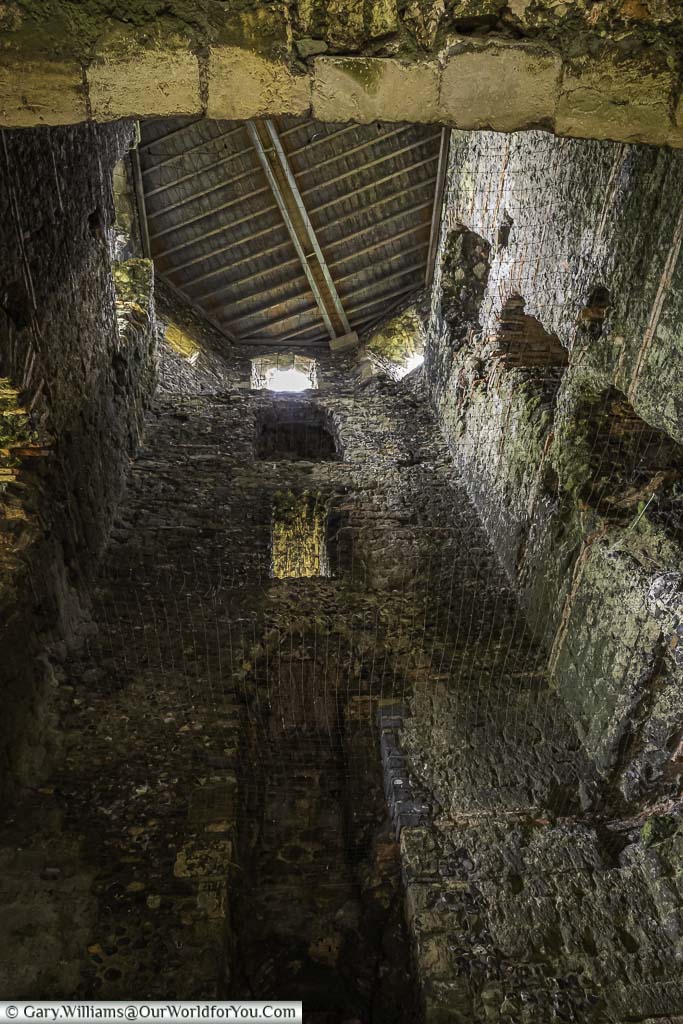
The lighthouse occupies a high vantage point across the harbour below and would have had fire beacons at the top, which were used as navigation lights for the ships approaching the harbour.
The Roman lighthouse was built on Castle Hill in an octagonal shape and is five levels in height, although it is now hollow on the inside. The pharos was later converted into a bell tower during the Saxon era for the adjacent Church of St Mary-in-Castro
We have a new little book on our shelves that we delve into when we're heading to the coast.
Packed full of historical facts, and broken down into the different counties of England. It tells tales of the history of the shoreline that surrounds our country.
Available in Kindle & Hardback editions, it's an excellent addition to anyone's collection who loves the English seaside.
Church of St Mary-in-Castro
The Garrison Church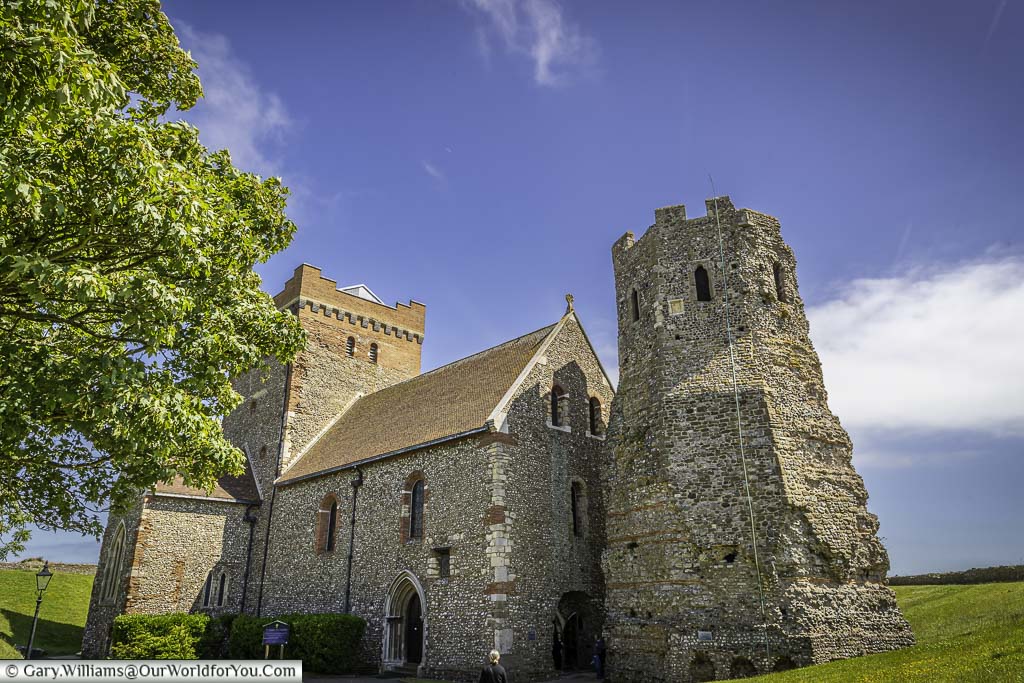
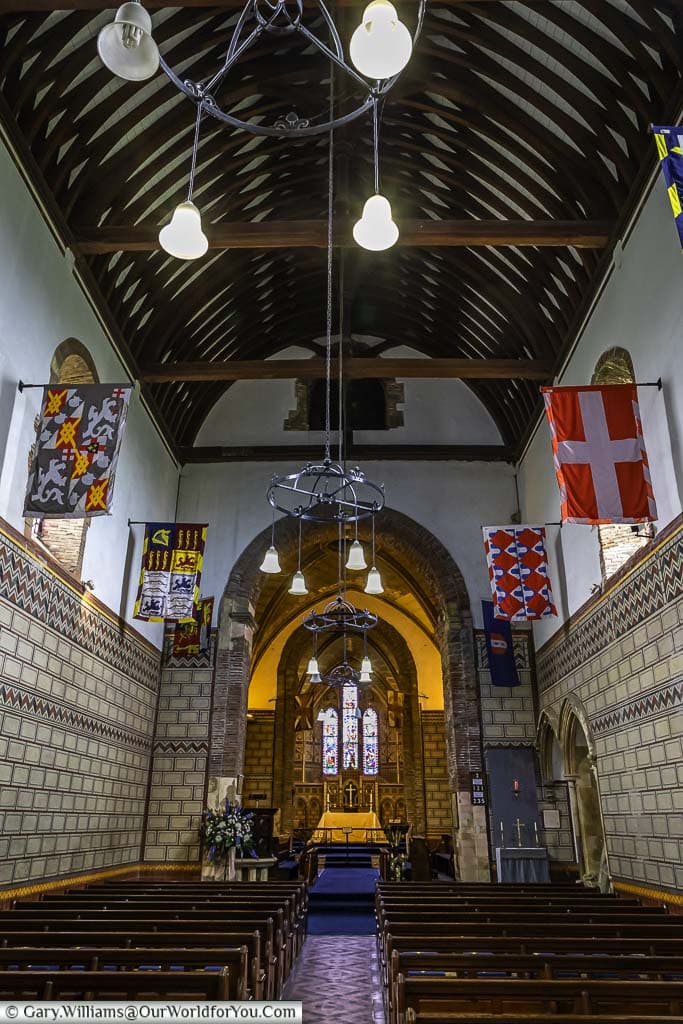
However, the Victorians came to the rescue during the 19th century, finally restoring it. You must take a look inside at the unusual mosaics on the walls.
This ancient Garrison church continued to hold services throughout the Battle of Britain, which was fought overhead.
Where to stay near Dover Castle
Exploring Dover Castle
To the castle, you go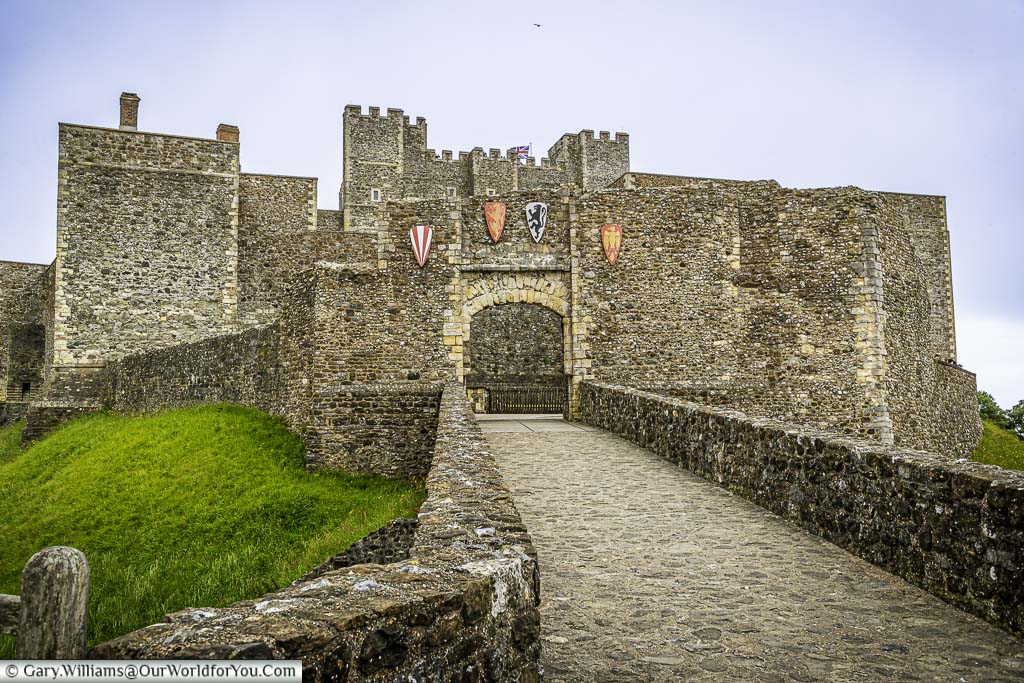
After William the Conqueror’s success in the Battle of Hastings in 1066, he ordered the original defences to be put in place at Dover Castle.
Incredibly, from then on, over 800 years ago, Dover Castle was garrisoned until 1958.
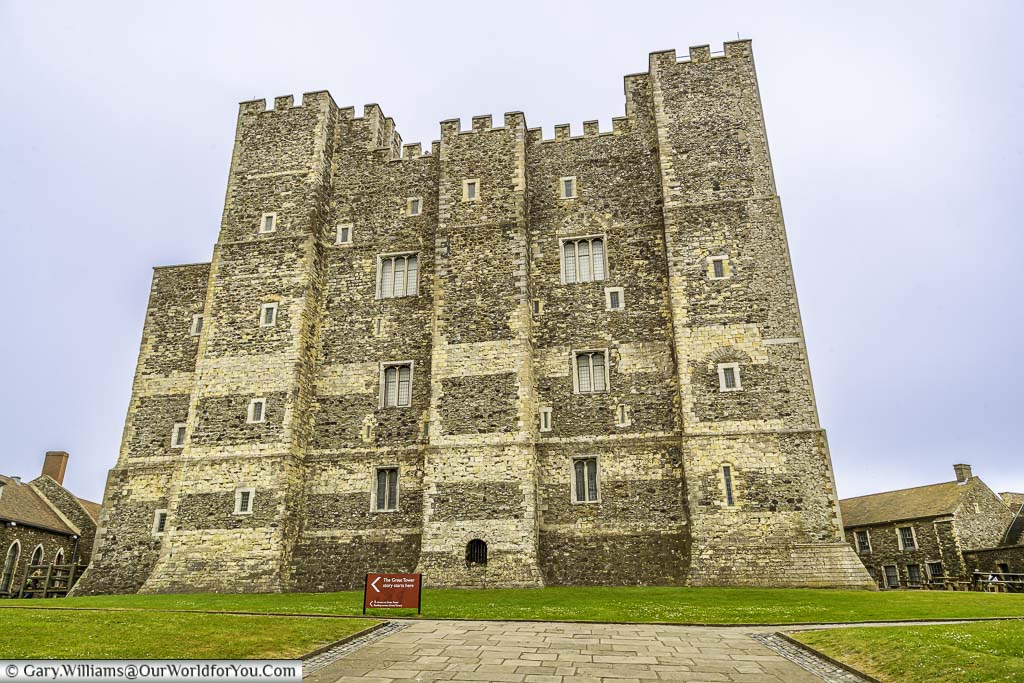
Point to note
Henry II at Dover Castle
The Great Tower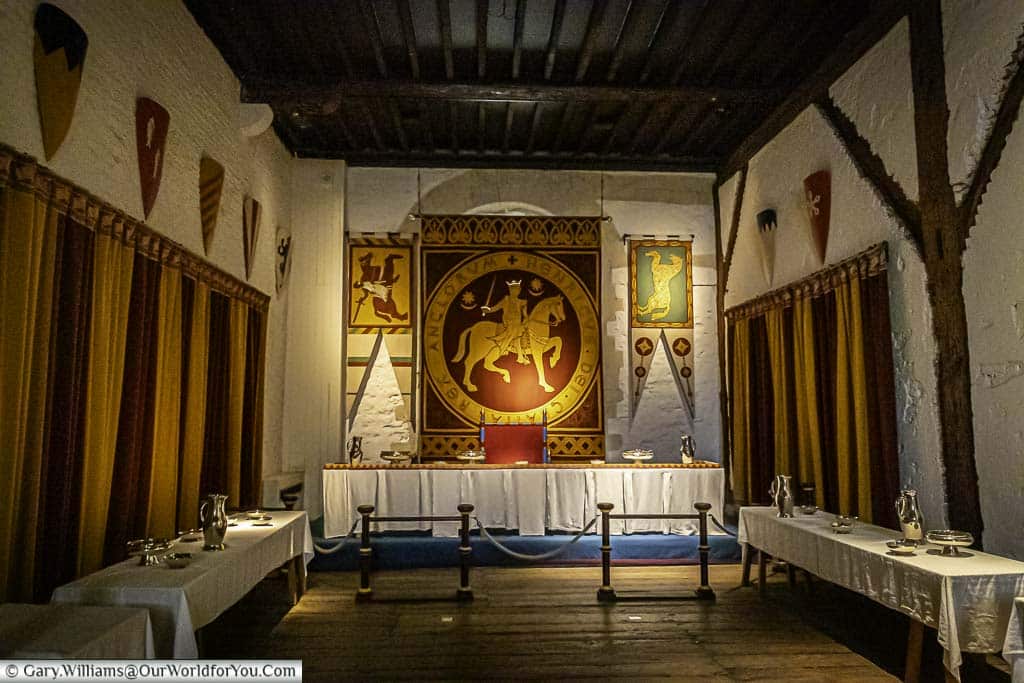
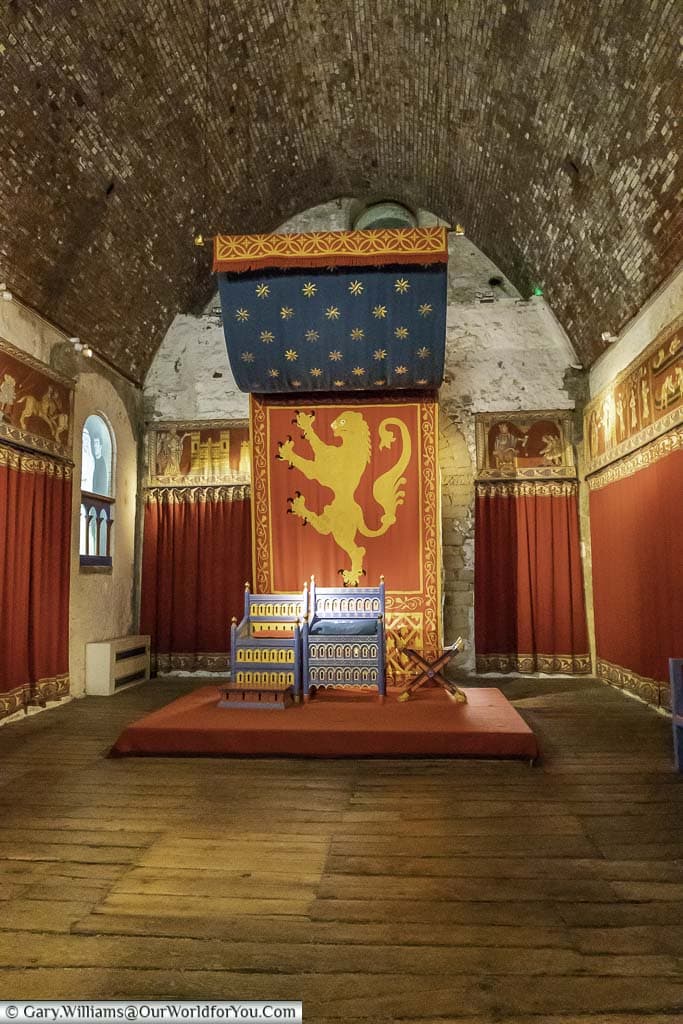
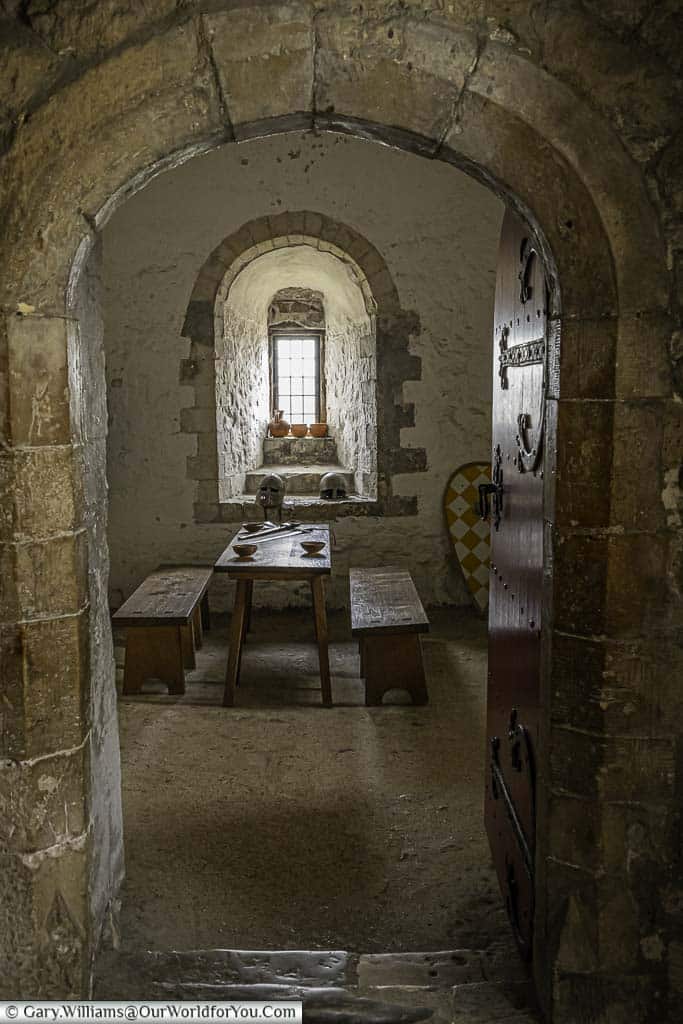
If you're intrigued by Kent's weird and wonderful history, or all unusual stories around the county, then take a peek at "Kent's Strangest Tales".
You won't be able to put it down, you can pick it up for your Kindle or in good old paperback.
Refurbishing the Great Tower
Attention to detail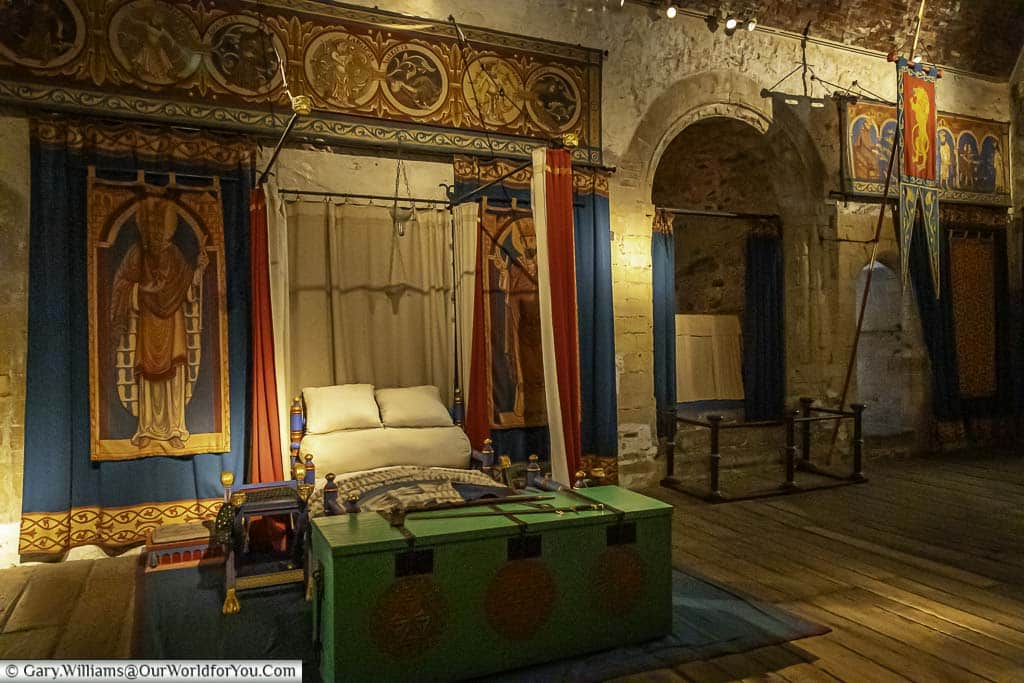
As you stroll around the inside of the Great Tower, you’ll wander through many of the magnificent rooms. You’ll wend your way through the grand, colourful bedrooms, including the King’s bed-chamber and the majestic dining hall.
A roaring fire has been lit within the dining hall, and the pleasant aroma of burning wood permeates throughout Dover Castle as you stroll around.
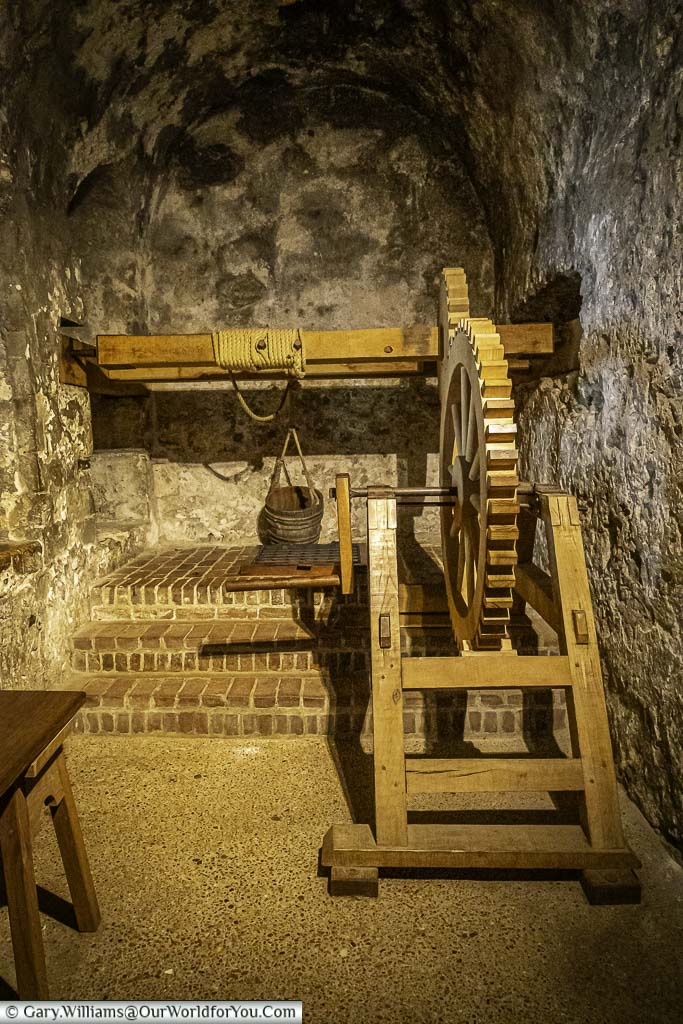
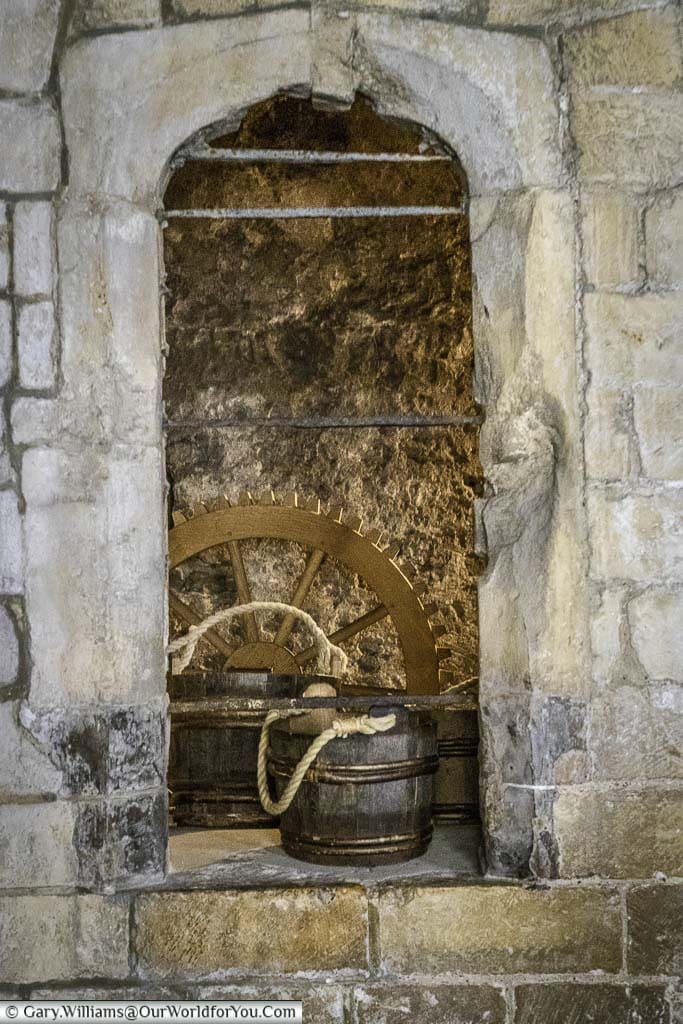
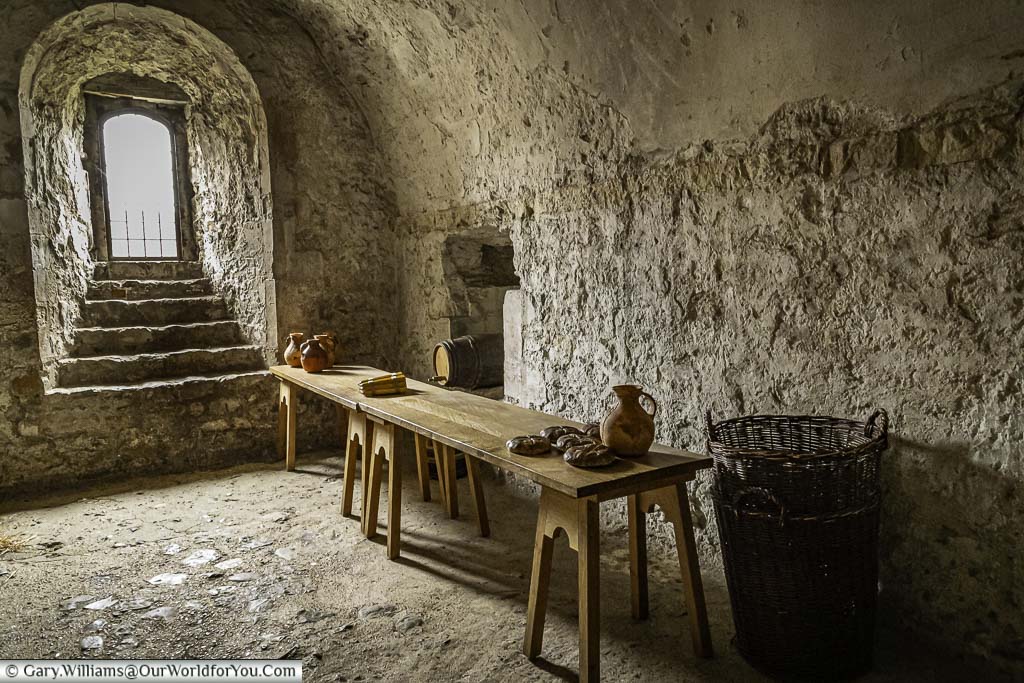
All your questions answered
Help is at hand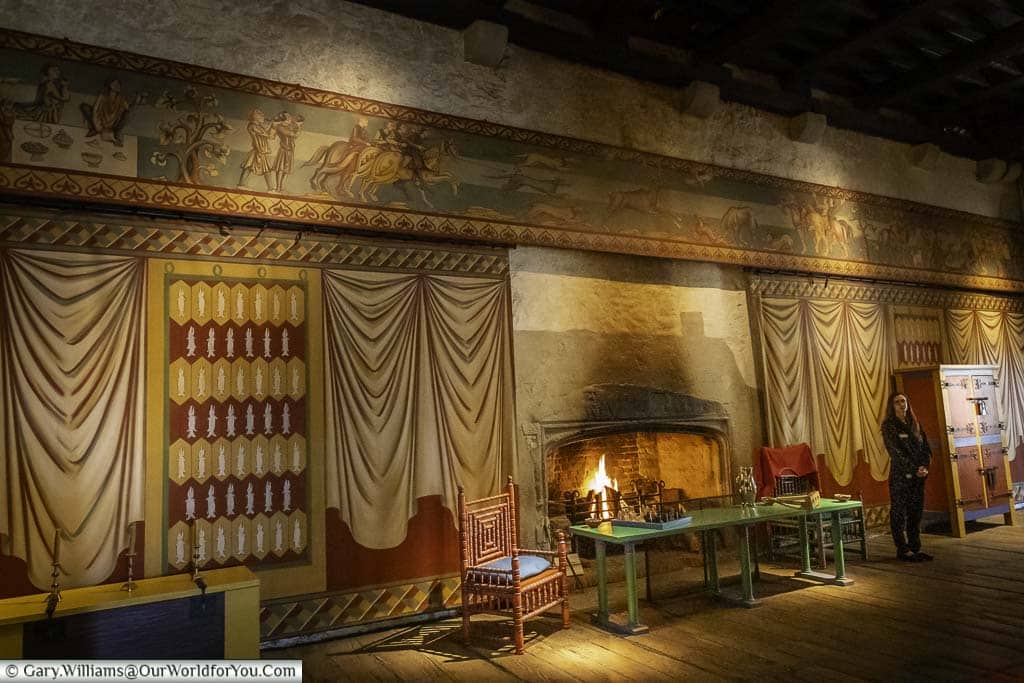
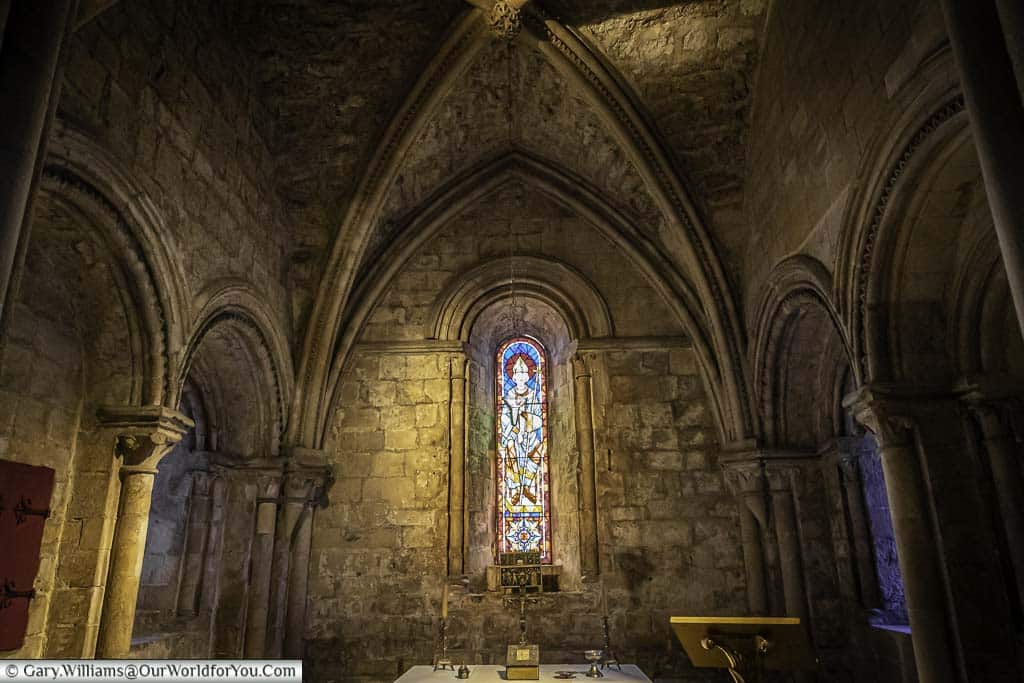
Do you like Castles?
From the rooftop of Dover Castle
You can see for miles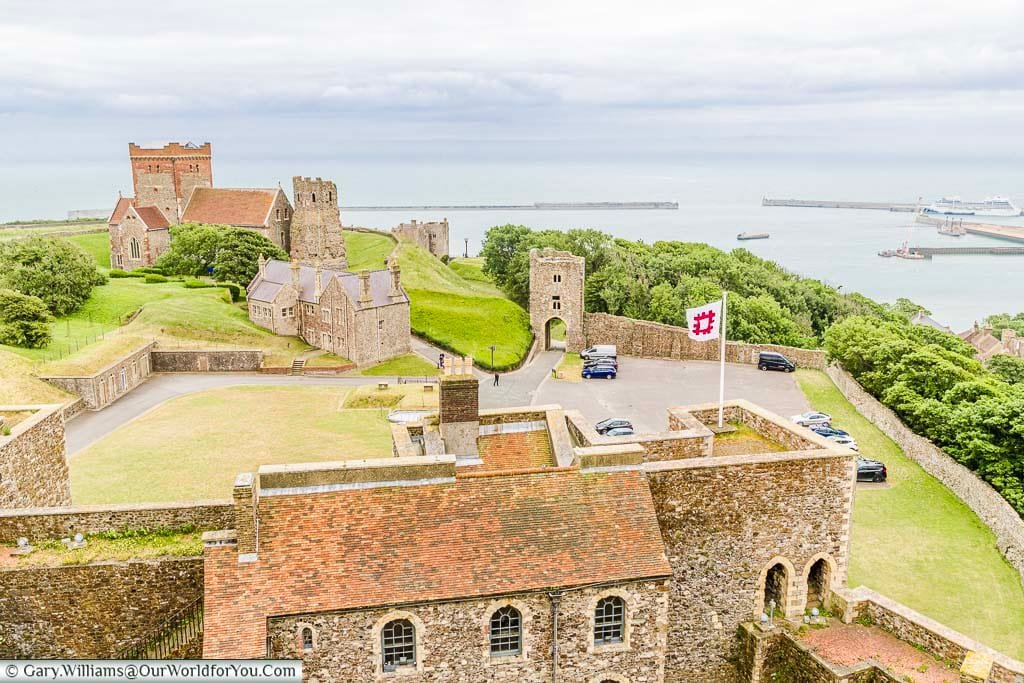
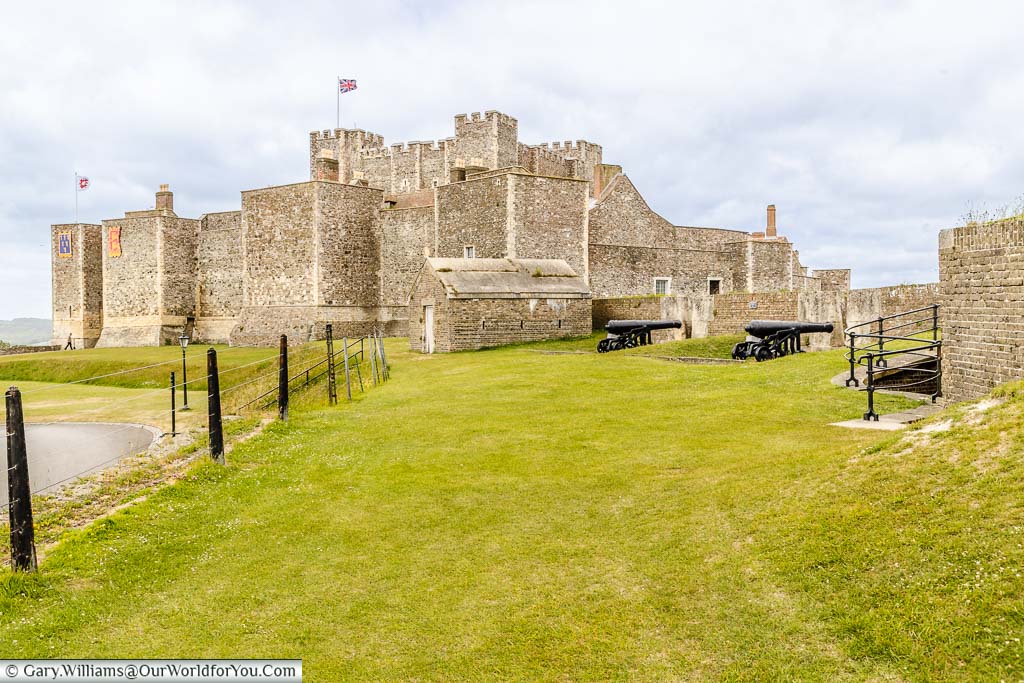
Have you?
Medieval Tunnels at Dover Castle
Going underground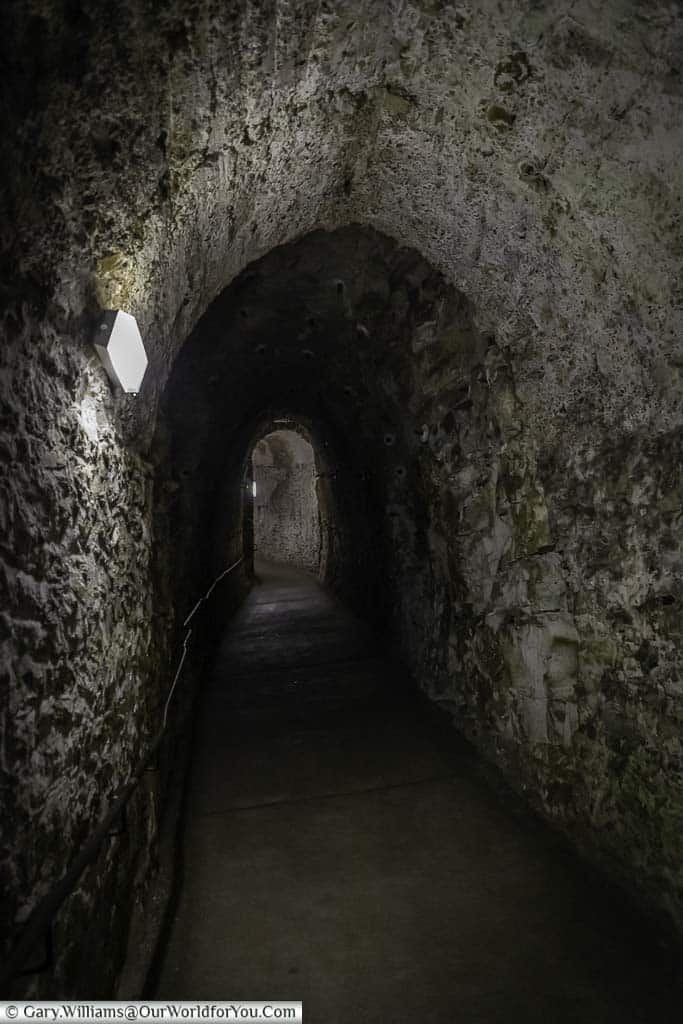
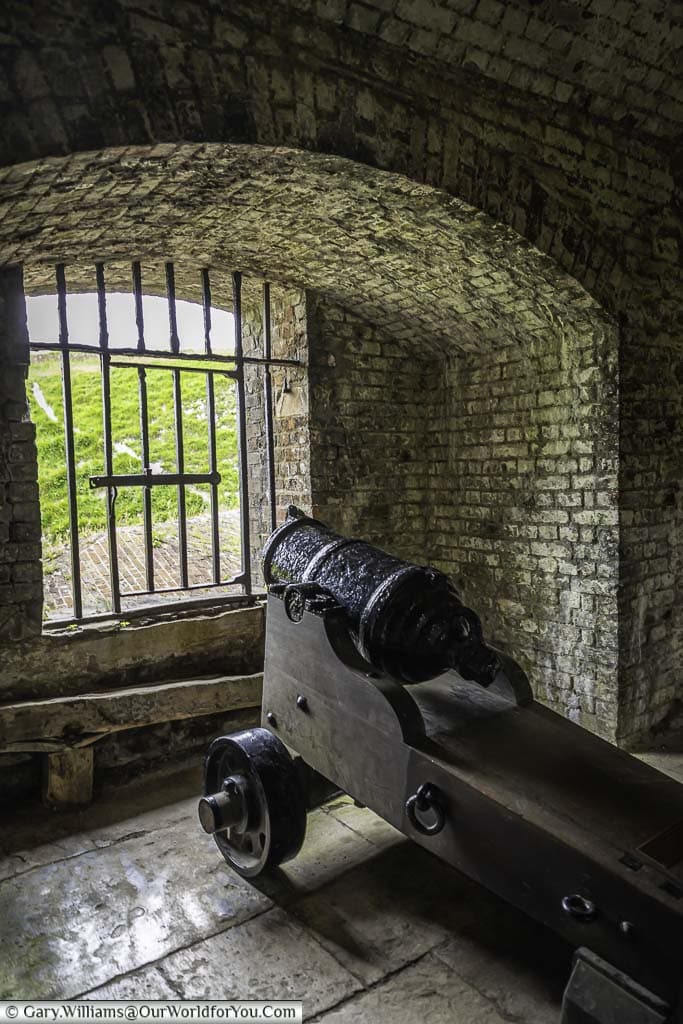
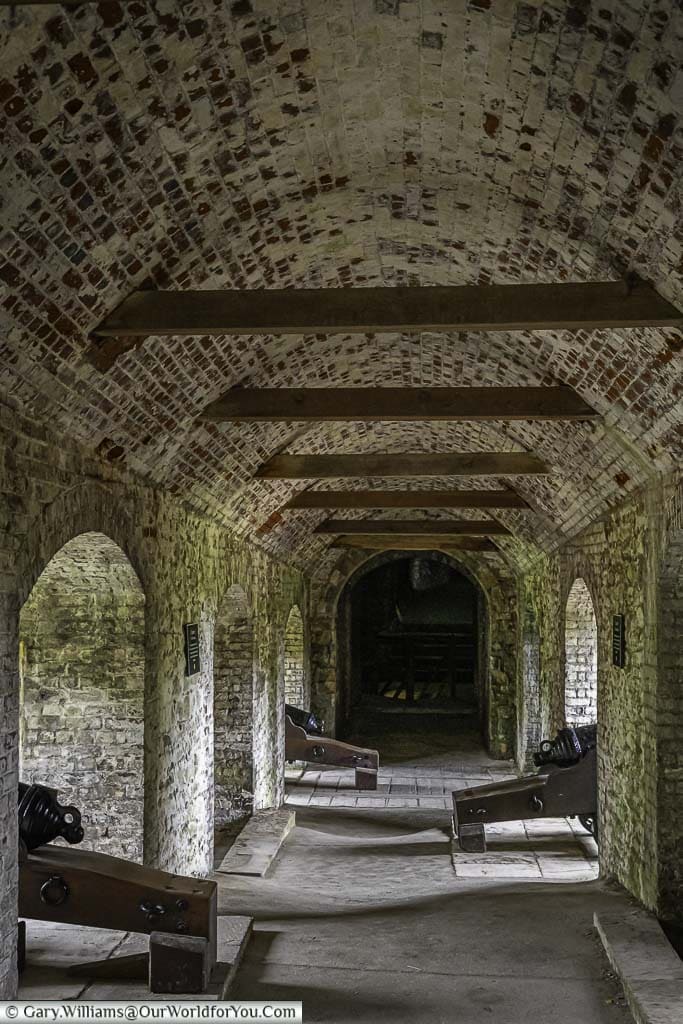
Escape for a few days
Are you looking for that ‘perfick’ holiday hideaway to relax in while you discover the Garden of England?
After a day exploring the Kent coast and its many historic castles enjoy one of the handpicked properties and unique retreats at Holiday Cottages.
Operation Dynamo at Dover Castle
The beaches of Dunkirk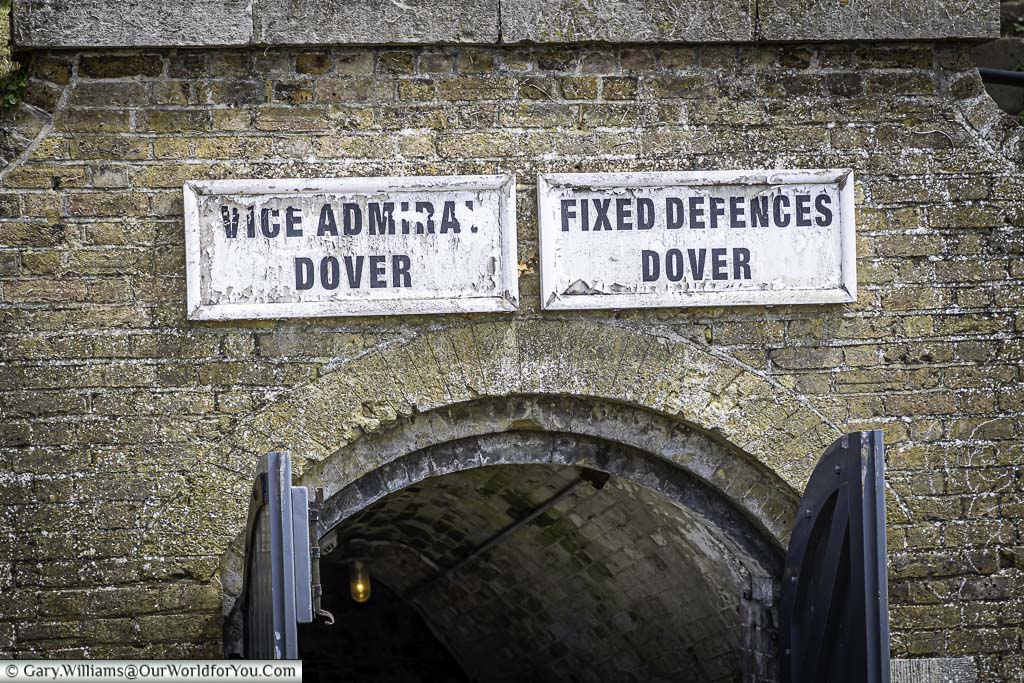
Useful Tip
Operation Dynamo at Dover Castle
The beaches of DunkirkUnfortunately, no photography was allowed in the tunnel tours.
However, it was one of the highlights of the visit. The Operation Dynamo tour takes around 1 hour, and you are led through a network of tunnels.
The story unfolds as to how, in May 1940, Admiral Sir Bertram Ramsey led the evacuation of French and British soldiers from Dunkirk, code-named Operation Dynamo.
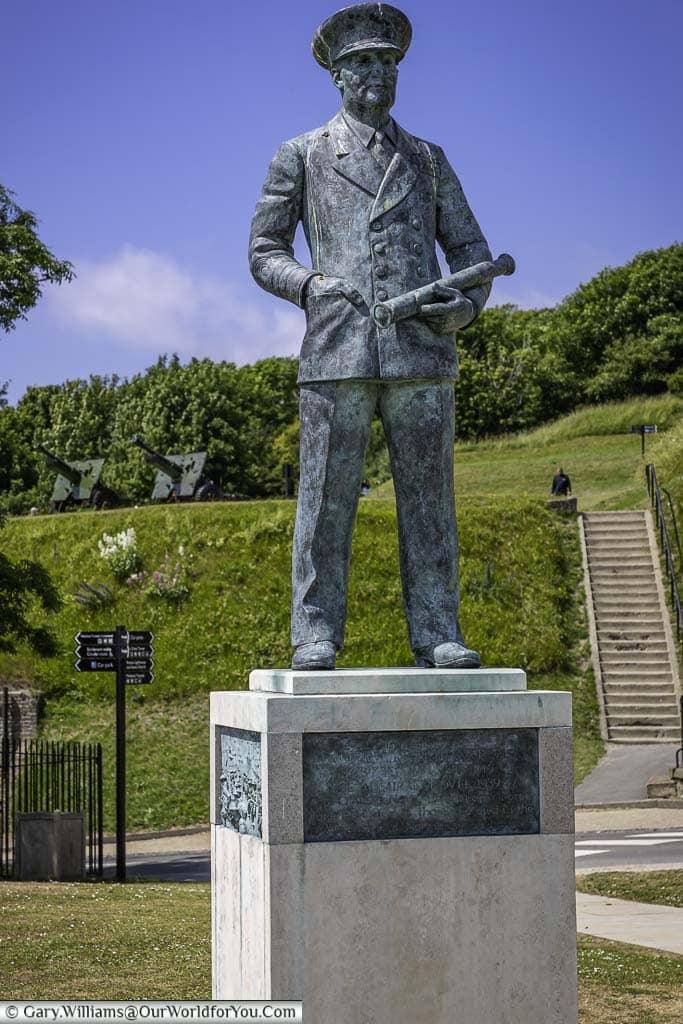
You are taken through rooms to create an atmosphere that makes you feel like you have been transported back in time.
You wander along the graffiti tunnel, watch videos of how the invasion happened, and you gain an understanding of how close our troops came to being so nearly captured while under massive enemy fire.
It’s fascinating to see the communication rooms, plans and maps that led to the successful evacuation.
Our video of Dover Castle
We have created a little YouTube video of Dover Castle. Why not take a look?
Also, why not subscribe to our YouTube channel and get the latest clips as we post them?
* This post may contain links to affiliated sites where we earn a small commission at no additional charge to you.

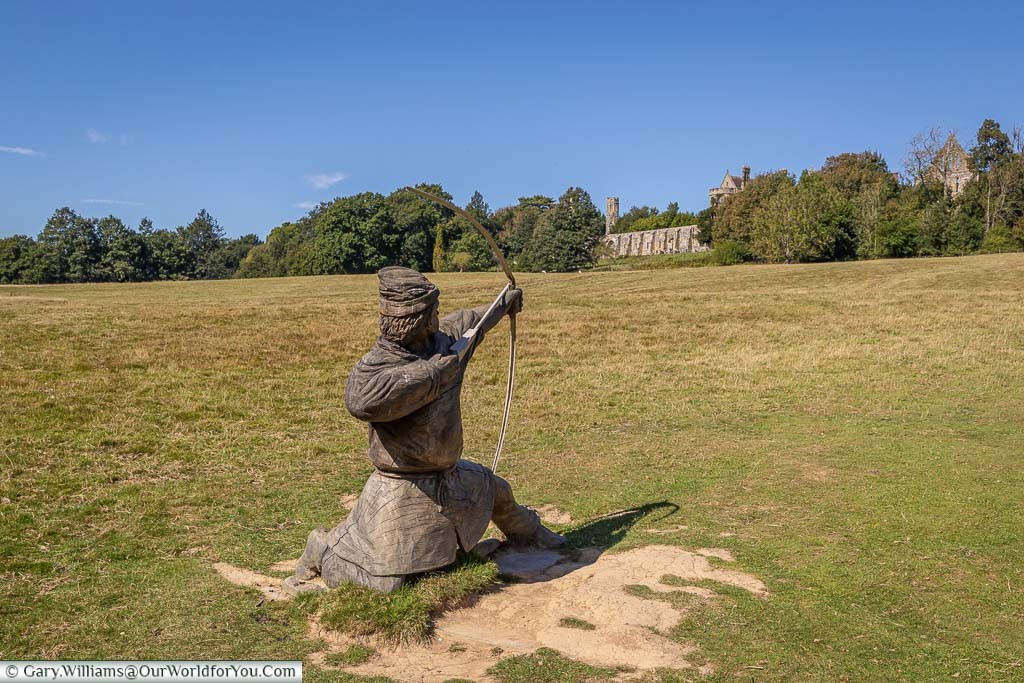

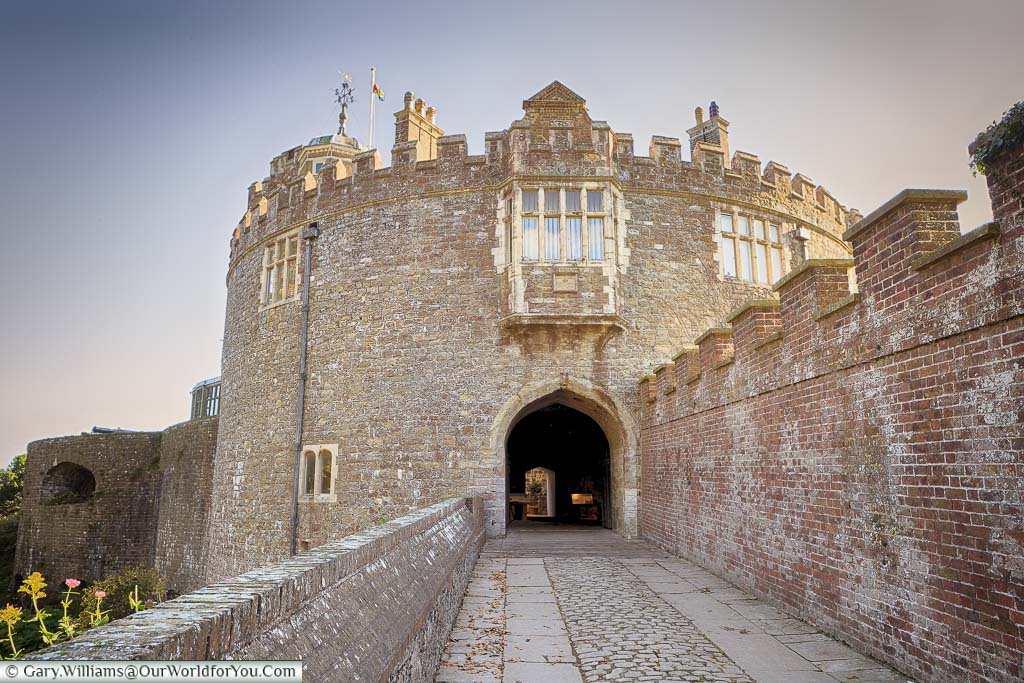
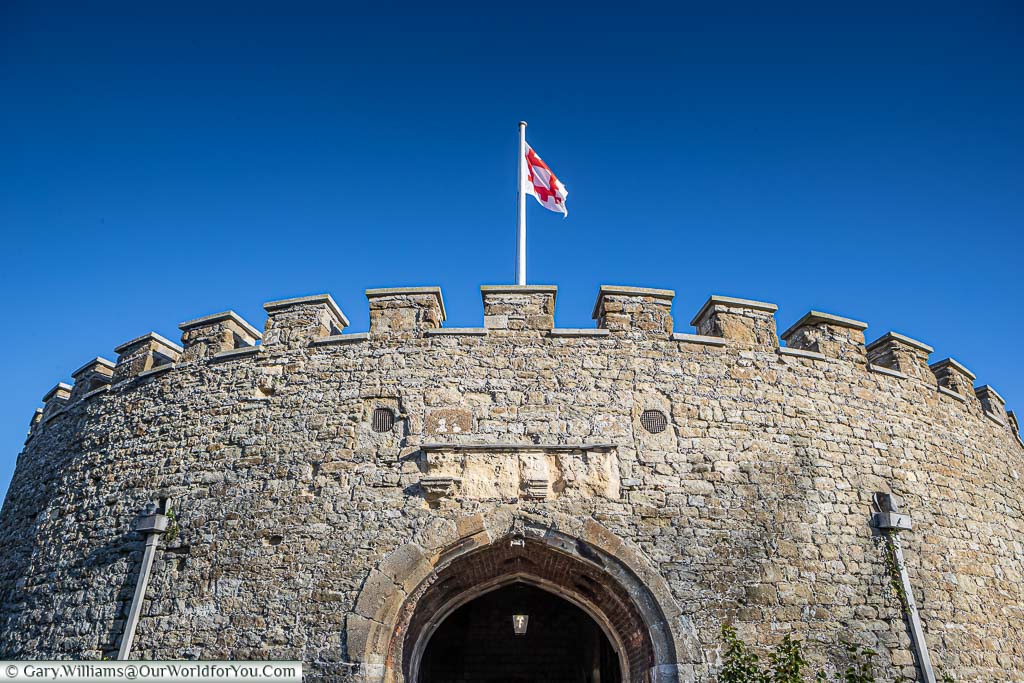
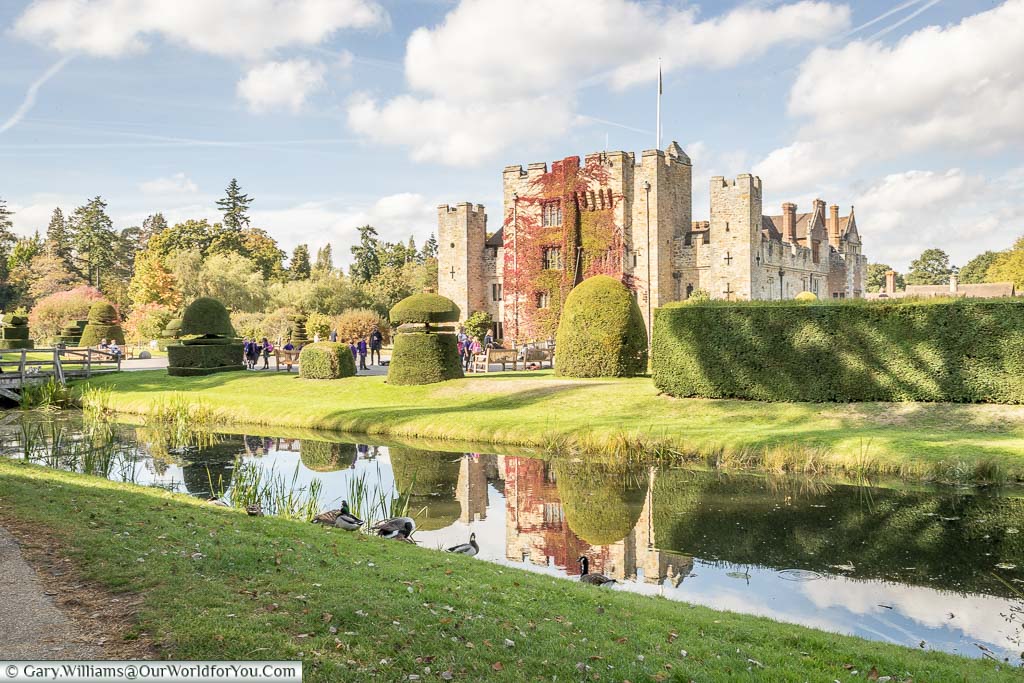
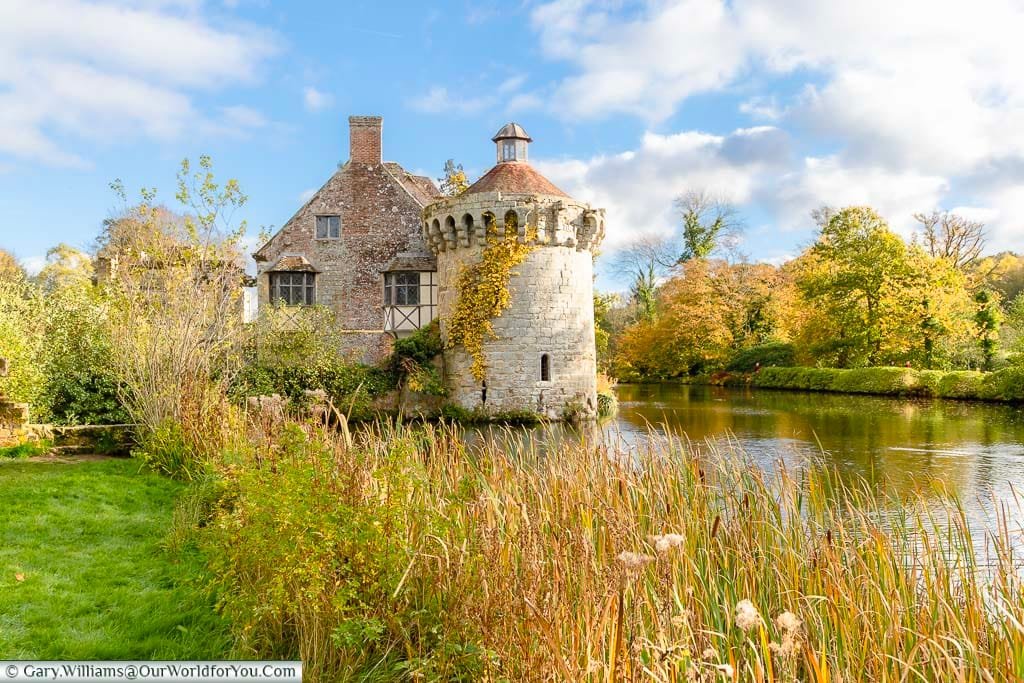
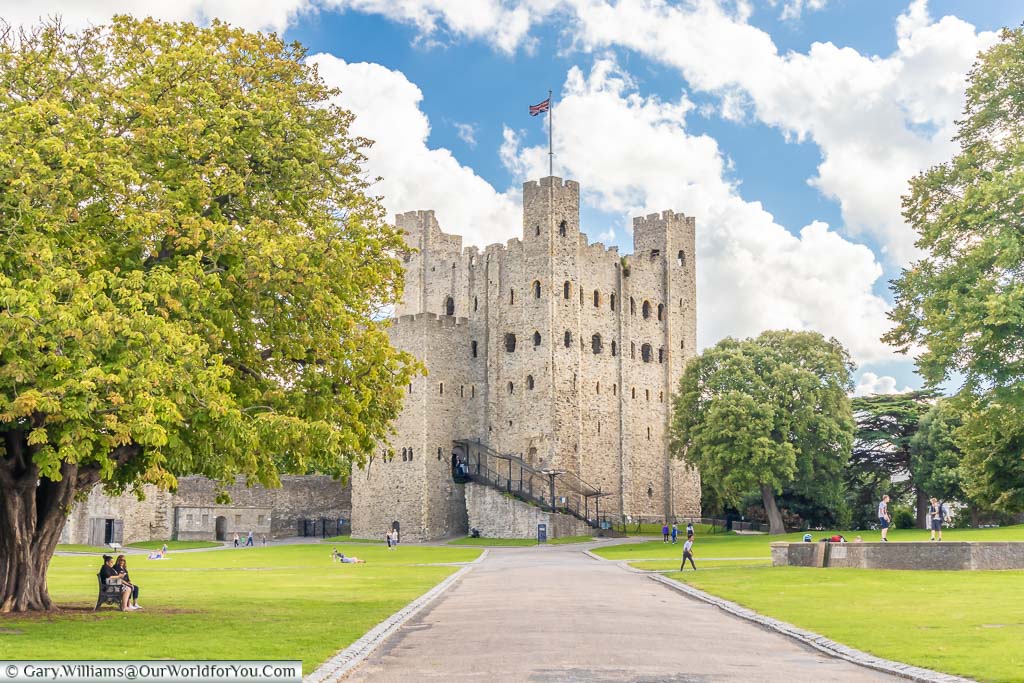
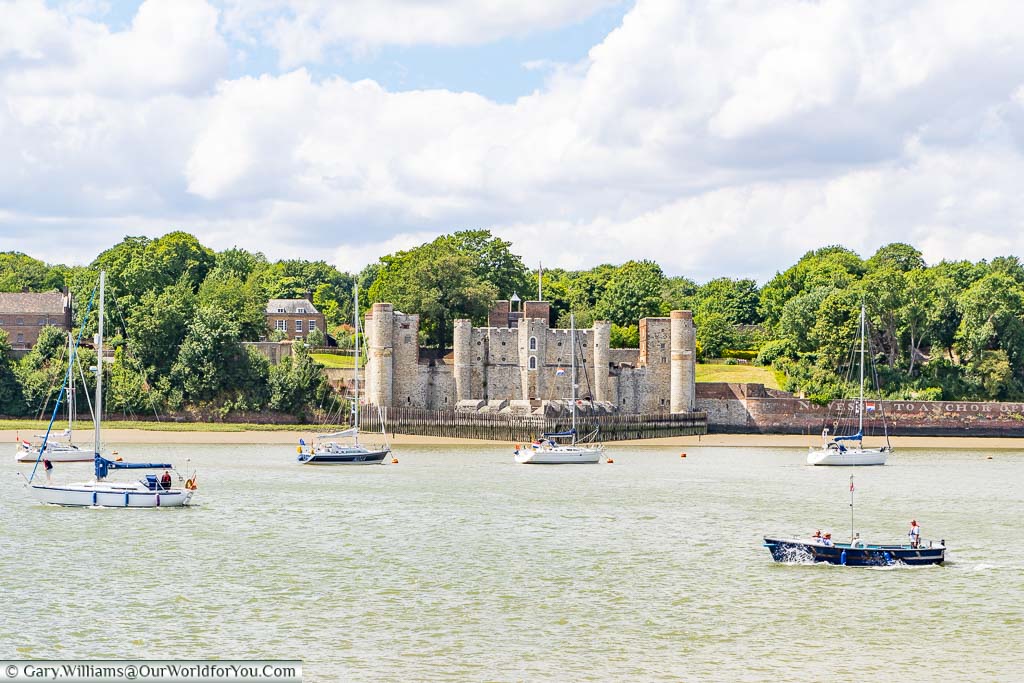

I loved this post and great photos. I have never visited this castle and yet I live in the South of England. I have recently became a member of the National Trust, would you also recommend the English Heritage membership?
Thank you very much for your kind comments. It’s a beautiful castle and sits high above the White Cliffs, there’s plenty to see, they run Wartime Tunnel tours. We are looking at becoming National Trust members, as there is so much to discover in the southeast.
Yes. I would highly recommend an English Heritage membership if you’re going to visit a few of their historical sites. Battle Abbey is also great to visit, where the Battle of Hastings took place. There’s a post on our website if you want to take a look and also a link to English Heritage.
Where’s your next adventure going to be?